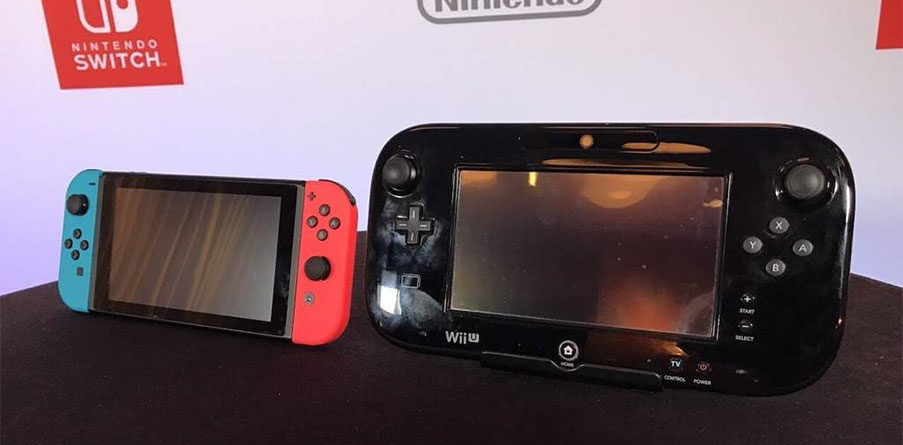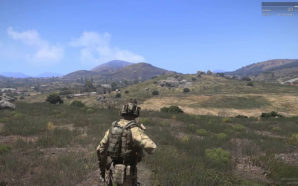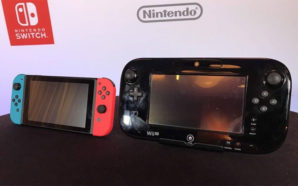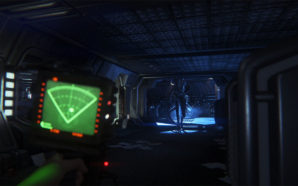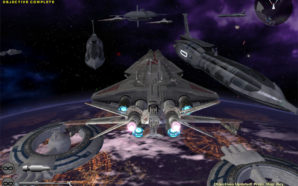Nintendo’s proof has always been in their conceptual approach to each console – at least in my eyes. Their greatest concepts always rely on identification of the console as a whole rather than individual parts. The obtuse angles of the GameCube, the intimidating, bulky cartridges of the Nintendo 64; they’ve got a legacy with this. However, with the Wii U, Nintendo’s eight generation console, the formula changed for good. Rather than try motion control yet again (although that was still built into the system) they attempted to focus on the controller first and games second. The Wii U console itself is arguably the most mundane Nintendo has released, but their strategy to publish unorthodox games and go all-in a ridiculous new controller has paid dividends through their newest console, the Switch.
Early signs point to the Switch being a huge success for Nintendo. It’s consistently hard to find, recalling the glory days of Christmas season Wii paranoia, and it has been steadily outselling what the Wii U did in its first months. I believe the seed for this success comes from three major risks Nintendo took with the Wii U, all of them integral to the core of the Switch thus far.
Blurring The Line Between Handheld and Console Gaming
The biggest draw to both consoles is the portability. Though you could barely take the Wii U to the next room, there was always the idea of playing while someone else watches TV. Remember the infamous E3 stage demo which outlined scenarios where the Gamepad would make everyone happier? I’m sure those happened, but most games tried to simply use the Gamepad for gameplay purposes, most of which materialized in the launch lineup with titles like ZombiU.
The controller itself seemed passable at the time, but is honestly laughable now. With such a small screen and subpar resolution, it’s hard to imagine how owners enjoyed playing anything on that screen. In theory, then, maybe it was better for random mechanics here and there — but that’s not enough to rely so heavily on it.
Fast-forward to the Switch. The console IS the tablet this time; no gameplay gimmicks here. Nintendo learned from their mistakes with the Gamepad and gave players what they marginally promised with the Wii U: actual portability. Playing a massive Zelda title on the subway is possible. Spontaneous Mario Kart rooftop parties with all your cool friends can actually happen now (if they ever even did). Nintendo even had a ridiculous reveal video detailing all the possibilities of the Switch. The resolution is better because it is integral to the console itself.
The line between handheld and console gaming is no longer a line like it was with the Wii U. However, without that initial experimentation and struggle of the Gamepad — which, to me, will always remain one of their most fascinating blunders — the Switch itself wouldn’t have existed. There’s an argument to be made that they could’ve just created the Switch back in 2012 or 2013, but without its adventurous predecessor, the scope of its games would be squandered as well.
An Eclectic Mix of Games
In 2012, Bayonetta would be the last thing I’d associate with a Nintendo console. Heck, a Platinum Games presence at all would seem far-fetched. But like the rest of the gaming world, I was shocked when Bayonetta 2 ended up being a Wii U exclusive. It was bonkers, but a great get for the console, given its already niche magnetism. That game turned out to be a shining example of Nintendo’s commitment to occasionally publish off-kilter games. It reminded me of Metal Gear Solid: The Twin Snakes or Eternal Darkness for the GameCube.
Combined with the release of The Wonderful 101, another Platinum Games gem, Nintendo became somewhat of a savior for hardcore gamers. They seem to be continuing that trend on the Switch, with an inevitable Skyrim port slated for this fall. Though the known quantity of releases for Switch is foggy, it’s safe to expect some third-party support, as well as some original games from Nintendo that will break the mold, such as A.R.M.S.
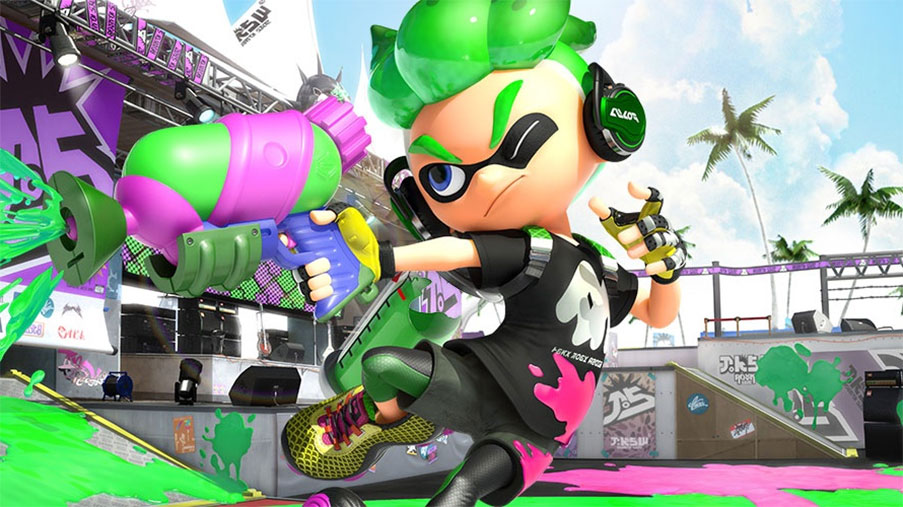
Credit: res.cloudinary.com
Splatoon was another welcome oddity. At its Nintendo Direct reveal, it captured the essence of what makes Nintendo the same studio it has always been: genuine fun. Here was an online shooter devoid of blood, wars or space marines, with a unique hook and an eSports presence. Who knew? It was a successful oddity, becoming one of the console’s best-selling titles and spurring a sequel for the Switch. For a company many claimed was set in its ways, Nintendo embraced the element of surprise with the games it chose to release with the Wii U.
The Zelda Element
If there’s one single game that pioneered the shift in scope for Nintendo, it’s Breath of The Wild. It’s safe to say there has never been a Nintendo game bigger than the latest Zelda, nor as daring and unconventional. It is exactly what they needed for the launch of the Switch and the end of the Wii U. All the years of games that challenged casual players on the Wii U could meet no better end than Breath of The Wild. Its abandonment of tradition marks Nintendo’s own journey into the dark. Where the Wii U was a half-step, the Switch is a fully-realized vision.
Despite some technical issues, it’s safe to assume that this is the game Nintendo wanted. They knew what they had, but couldn’t fully release it via the Wii U. It called for something bigger but faster and leaner. Fans had wanted an open-world Zelda, but to couple that with the limited range of the Gamepad and lack of true 1080p seemed to squander the potential for the game to inspire people. That inspiration is essential to how Zelda began, and how the Switch seems to be starting off its life. No one knows what this new era of Nintendo will bring, but it’s easy to see how we got here; from a console that itself challenged what fans thought they knew about Nintendo while building the blocks to something better. Let the Wii U rest easy and be remembered a weird spark of creativity Nintendo needed to survive.




